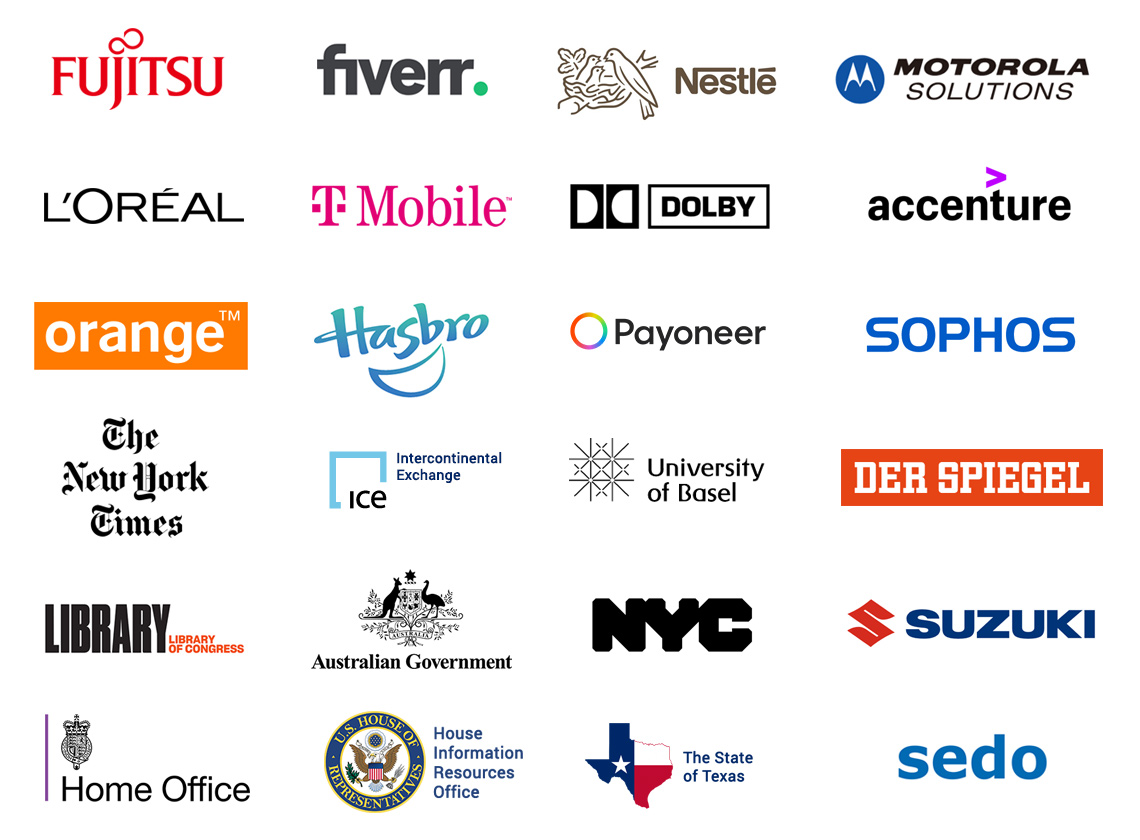In this article, extracted from my How to Open Suspicious Files Safely guide, I'll walk you through ten warning signs a file could be risky. Many files might seem safe at first but carry hidden threats. By learning these red flags, you'll know when it's better to avoid opening a file altogether.
File Sandbox Demo
Nothing beats a live demo! When a file looks suspicious, open it in a sandboxed environment via browserling.com/browse. You'll get a sandboxed virtual machine that's separate from your computer, so you can explore suspicious files without worry.
10 Warning Signs a File Could Be Unsafe
🚩 Strange File Extension
If a file ends in .exe, .bat, or another unfamiliar extension, it might be trying to run something on your computer. Be extra cautious, as these files can install unwanted software.
🚩 Unexpected Source
Did the file come from someone you don't know or trust? Files from unknown senders can often carry viruses or malware. Always be wary of files from unknown sources.
🚩 Fake Secure Icon
If the file or its download link shows fake security symbols, it's likely a trick to make you feel safe. Real files don't need flashy security icons.
🚩 Urgent or Shocking Message
Files that come with urgent messages like "Act Now!" or "Immediate Action Needed!" could be trying to trick you. Scammers often use fear to get people to open harmful files.
🚩 Too Many Spelling or Grammar Errors
If the message with the file has a lot of typos or poor grammar, it could be from a scammer or hacker. Reliable companies and people usually take time to proofread.
🚩 File Sent from an Unknown Email Address
If a file comes from an email that looks random or has strange characters, it's best not to open it. Hackers often use fake email addresses to send harmful files.
🚩 File Claims to be Something It's Not
If you're told it's a PDF, but the file ends in .exe, .zip, or another format, be careful. Files pretending to be something else could be dangerous.
🚩 File Wasn't Requested
Did this file come out of the blue? Unsolicited files, especially from unknown sources, can often carry malware. Only open files you're expecting.
🚩 File Demands Access or Permission
If the file asks you for admin permissions or other special access, it could be trying to make changes to your system. Most safe files don't need this level of control.
🚩 Suspicious Link to Download File
If a file requires you to download it from a sketchy link or unknown site, it might be unsafe. Only download files from trusted websites or platforms.
What Is Browserling?
Browserling is a file sandbox that lets you open and test files in a safe, isolated environment without risking your own computer. It provides a remote virtual machine where you can check how a file behaves, helping you spot anything unusual or unsafe. This way, you can test suspicious files securely before deciding to open them on your device.
Who Uses Browserling?
Browserling has now become the suspicious file sandbox of choice and it's used by hundreds of thousands of users around the world every month. Browserling's customers include governments, states, cities, banks, stock exchanges, universities, newspapers, Fortune 100, Fortune 500 companies, and private multi-billion dollar companies.

Browse safe!
